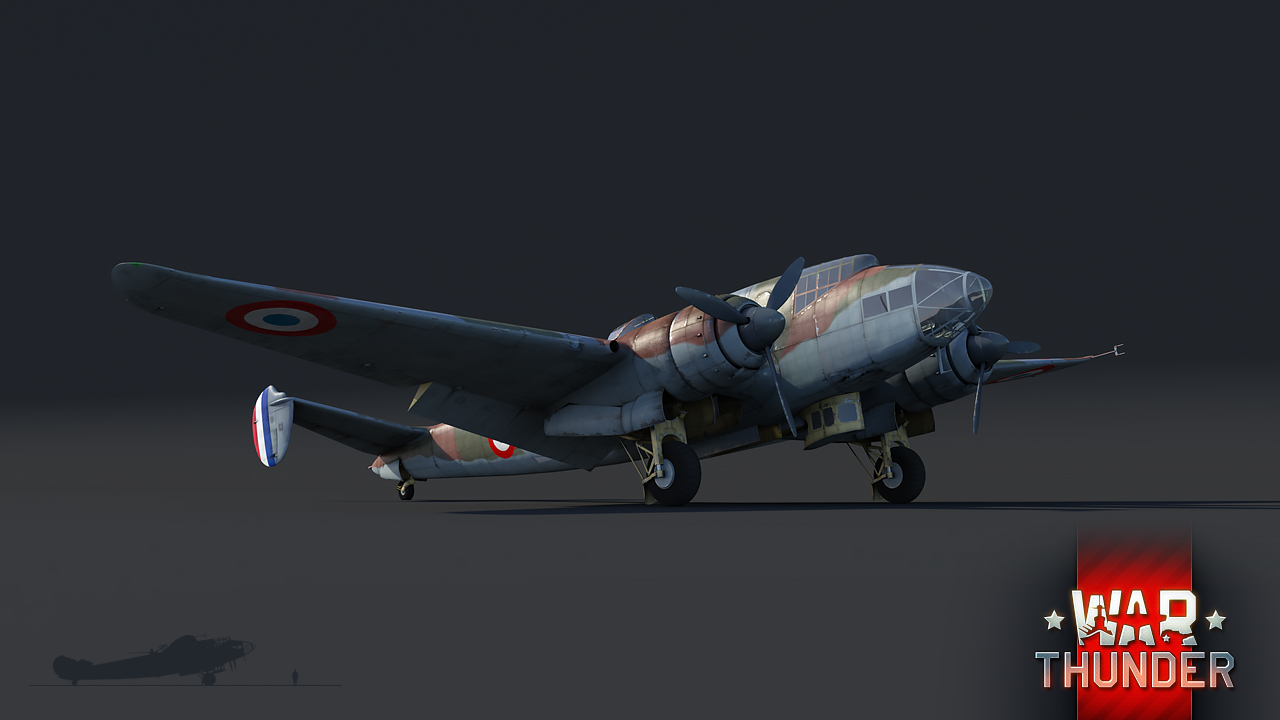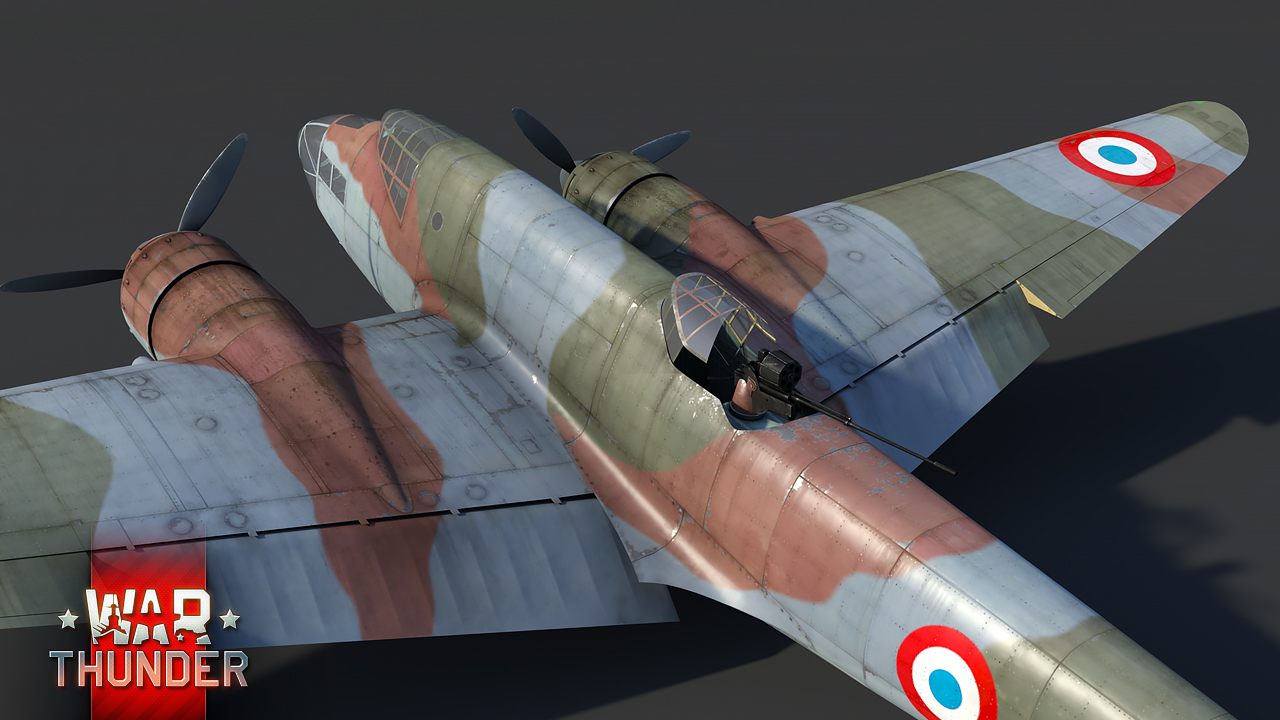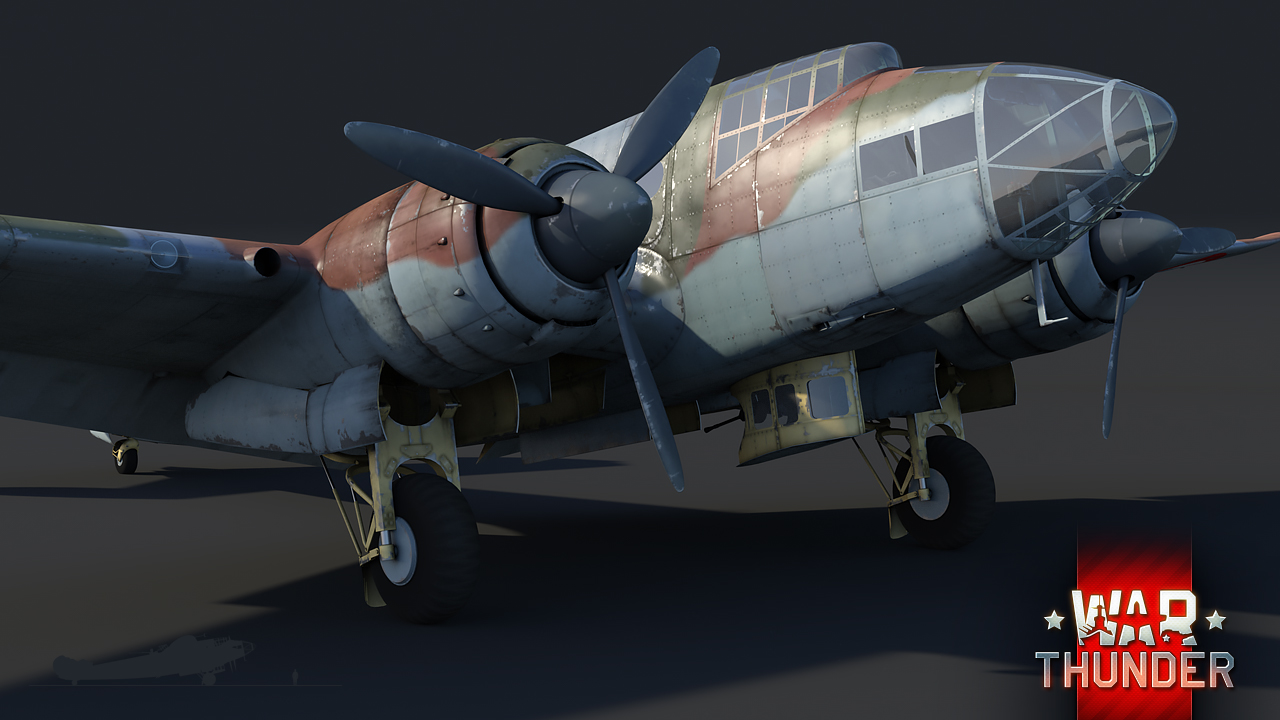
- For PC
- For MAC
- For Linux
- OS: Windows 10 (64 bit)
- Processor: Dual-Core 2.2 GHz
- Memory: 4GB
- Video Card: DirectX 11 level video card: AMD Radeon 77XX / NVIDIA GeForce GTX 660. The minimum supported resolution for the game is 720p.
- Network: Broadband Internet connection
- Hard Drive: 22.1 GB (Minimal client)
- OS: Windows 10/11 (64 bit)
- Processor: Intel Core i5 or Ryzen 5 3600 and better
- Memory: 16 GB and more
- Video Card: DirectX 11 level video card or higher and drivers: Nvidia GeForce 1060 and higher, Radeon RX 570 and higher
- Network: Broadband Internet connection
- Hard Drive: 62.2 GB (Full client)
- OS: Mac OS Big Sur 11.0 or newer
- Processor: Core i5, minimum 2.2GHz (Intel Xeon is not supported)
- Memory: 6 GB
- Video Card: Intel Iris Pro 5200 (Mac), or analog from AMD/Nvidia for Mac. Minimum supported resolution for the game is 720p with Metal support.
- Network: Broadband Internet connection
- Hard Drive: 22.1 GB (Minimal client)
- OS: Mac OS Big Sur 11.0 or newer
- Processor: Core i7 (Intel Xeon is not supported)
- Memory: 8 GB
- Video Card: Radeon Vega II or higher with Metal support.
- Network: Broadband Internet connection
- Hard Drive: 62.2 GB (Full client)
- OS: Most modern 64bit Linux distributions
- Processor: Dual-Core 2.4 GHz
- Memory: 4 GB
- Video Card: NVIDIA 660 with latest proprietary drivers (not older than 6 months) / similar AMD with latest proprietary drivers (not older than 6 months; the minimum supported resolution for the game is 720p) with Vulkan support.
- Network: Broadband Internet connection
- Hard Drive: 22.1 GB (Minimal client)
- OS: Ubuntu 20.04 64bit
- Processor: Intel Core i7
- Memory: 16 GB
- Video Card: NVIDIA 1060 with latest proprietary drivers (not older than 6 months) / similar AMD (Radeon RX 570) with latest proprietary drivers (not older than 6 months) with Vulkan support.
- Network: Broadband Internet connection
- Hard Drive: 62.2 GB (Full client)
The LeO 451 Early and the V.G.33C-1 are now available for research and purchase for all players.
The LeO 451 is a French medium bomber, developed in the mid 1930s as part of a plan to increase the numbers of strategic bombers within the ranks of the newly formed Armée de l'air. Although showing favorable performance during the Invasion of France in 1940, insufficient numbers meant that the aircraft couldn’t be used to its full potential. Nonetheless, the LeO 451 saw action throughout WW2 and continued to be used up until the late 1950s. Now that the LeO 451 has found its way to War Thunder as well, let’s take a closer look at what this very capable little French bomber has to offer.
Development of the LeO 451 began in the early 1930s, after the newly formed Armée de l'air issued the so called Plan I, intended to increase the number of modern military aircraft available to the French Air Force. As part of this plan, the young Air Force was keen on expanding and developing their strategic bombing branch. However, as the already available bombers, such as the Farman F.221, were considered unsuitable for the needs of the Air Force, a set of specifications was issued for the development of a brand new bomber. Among other aircraft manufacturers, Lioré et Olivier (which would be nationalized as part of SNCASE) also submitted their LeO 45 design. Being a long-time supplier to the French Air Force, Lioré et Olivier had a reputation of building reliable and effective bombers dating back to WW1. Thanks to this, the further development of the LeO 45 was approved. The first prototype (LeO 45-01), powered by a pair of Hispano-Suiza engines, took flight on 16 January 1937. Despite showing some minor issues, the LeO 45 prototype displayed excellent performance. A second prototype, equipped with a pair of Gnome-Rhone engines was also constructed and subsequently designated LeO 451-01. Testing of the 451 prototype began in October 1938.
However, due to various production issues associated with the Gnome-Rhone engine, production of the LeO 451 was delayed, beginning only in late 1938. Although the Armée de l'air only fielded a handful of operational LeO 451 bombers at the outbreak of WW2, their number would rise up prior to the Invasion of France in May 1940. During this chapter of WW2, the LeO 451 saw wide use against both advancing German forces on the east and Italian forces on the south. While the aircraft suffered great losses at the hands of Luftwaffe’s superior fighters and the Wehrmacht’s relentless anti-air guns, it fared a lot better on the southern front against Italian forces. Nonetheless, the LeO 451 did eventually retire in September 1957 as the final pre-war French aircraft to leave active duty.
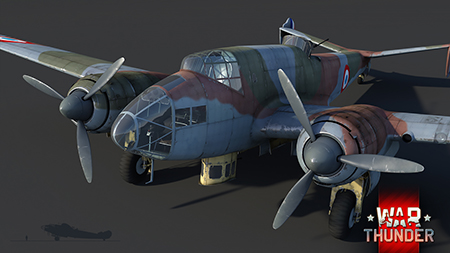 |
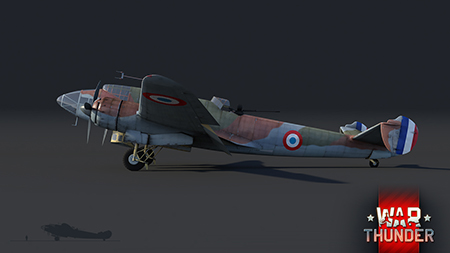 |
In War Thunder, the LeO 451 is represented in one of its early modifications as a Rank II bomber of the French aviation tree, that guides the players towards subsequent, more powerful French bombers. Just like its real life counterpart, the LeO 451 in War Thunder also shines in two categories in particular - speed and agility. While the two Gnome-Rhone engines provide for a maximum top speed just short of 500 km/h, the streamlined fuselage gives the aircraft exceptional handling for its size. These two characteristics alone allow pilots of the LeO 451 to reach their bombing targets quickly, drop their ordnance, and make a hasty retreat before enemy fighters arrive to intercept them. If a hostile fighter does make his way around the rear hemisphere of your aircraft however, don’t panic just yet. As previously mentioned, the LeO possesses great maneuverability, making an attempt to simply shake off a pursuer or keeping him engaged for long enough until backup arrives, a more than viable option.
Download wallpaper: 1280x1024 | 1920x1080 | 2560x1440
However, there will certainly be times when backup won’t arrive and you’re left on your own. In situations like those, your last line of defence are your two defensive turrets. The dorsal turret is an especially formidable countermeasure to enemy fighter attacks as it’s equipped with a 20mm cannon. Foolish attackers who chose to attack you from above will unlikely pass unscaved as often only a few hits from the cannon is enough to completely destroy certain aircraft parts. As far as the payload is concerned, it might seem slightly underwhelming when players first get their hands on the LeO 451. With a starting payload of just over 900 kg, pilots are still able to take down one bombing point and still have a few bombs left for soft targets on the way back to base, if they decide to use the payload economically. Fortunately, the final pylon upgrade for the aircraft allows the LeO 451 to be equipped with over two tonnes of ordnance, thus effectively more than doubling the destructive potential of a single bombing run.
All in all, the LeO 451 is a more than capable bomber, surprisingly effective in both offense and defense. Whilst its small size might make the enemy underestimate its capabilities at first, at the very latest when the 20mm dorsal cannon starts firing back and the pilot pulls unexpected tight turns in an effort to shake the pursuer off, they will realize how wrong they actually were. These qualities combined make the LeO 451 not only a very valuable asset to any team in air battles, but also provide for some great fun for the players piloting it. Tried the LeO out yourself, or have you already fallen victim to it? What are your experiences with the LeO 451 so far? Feel free to share them with other players in the comments below. Until next time pilots!
The War Thunder Team
